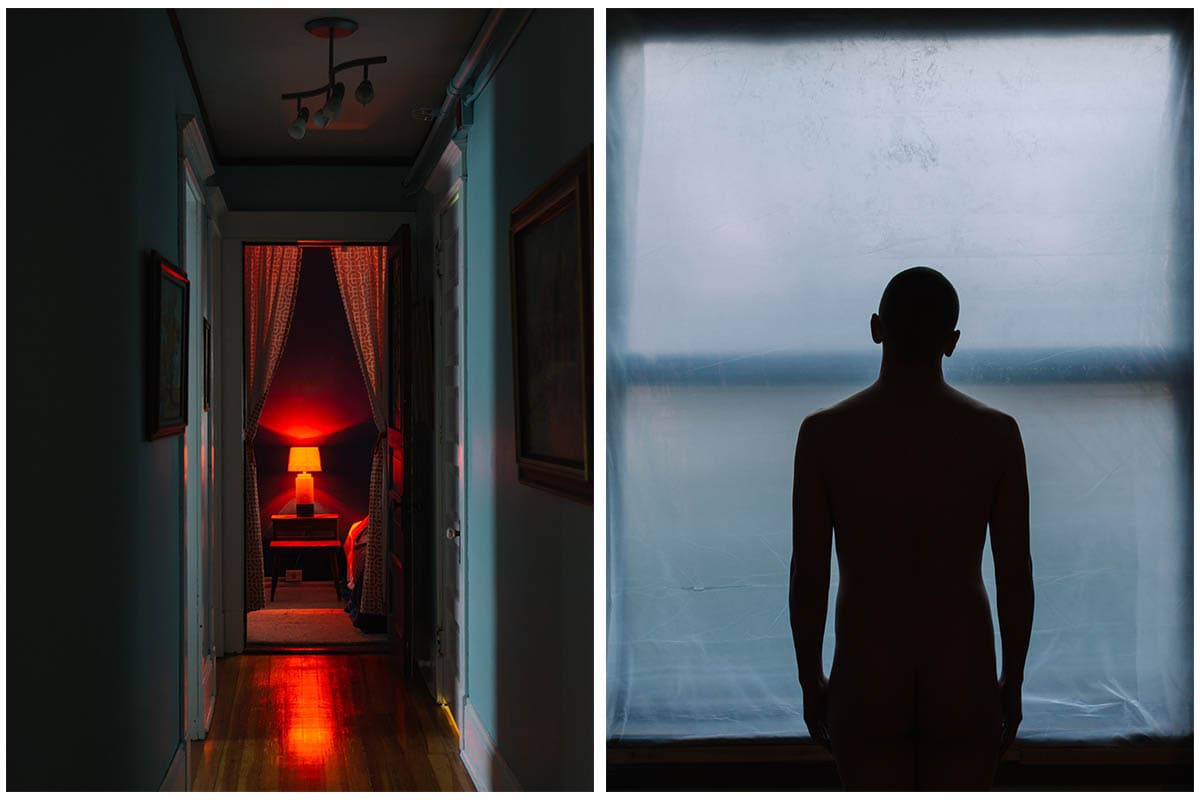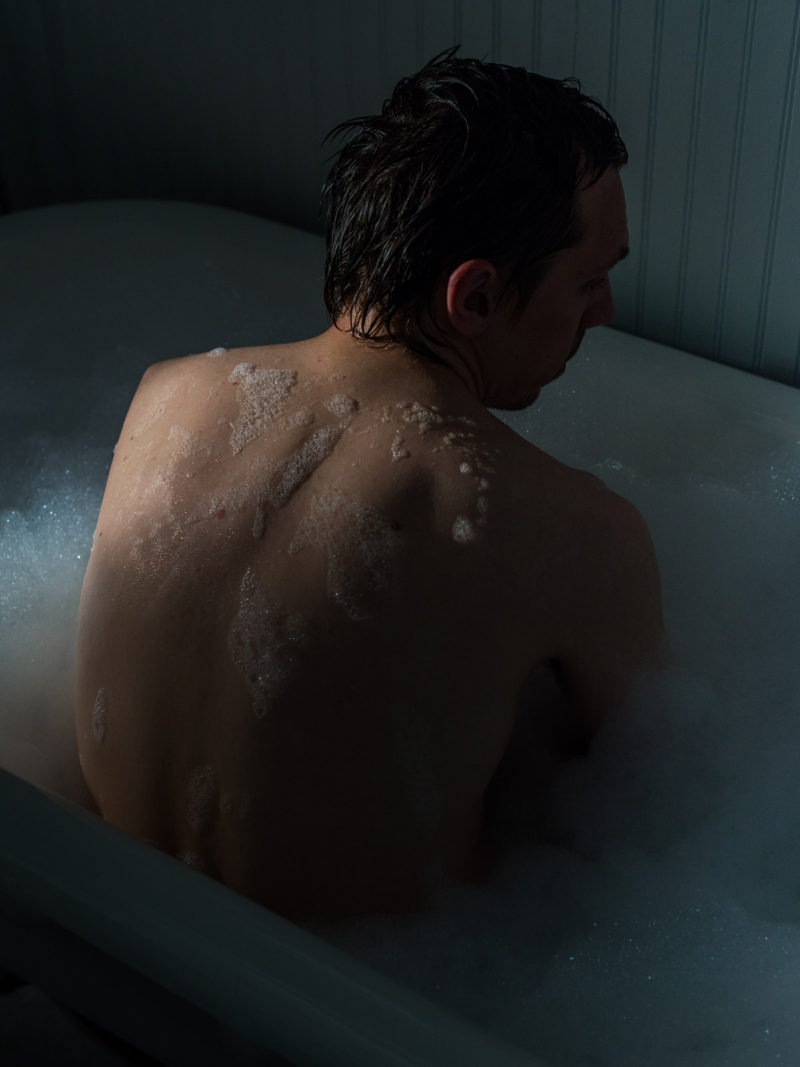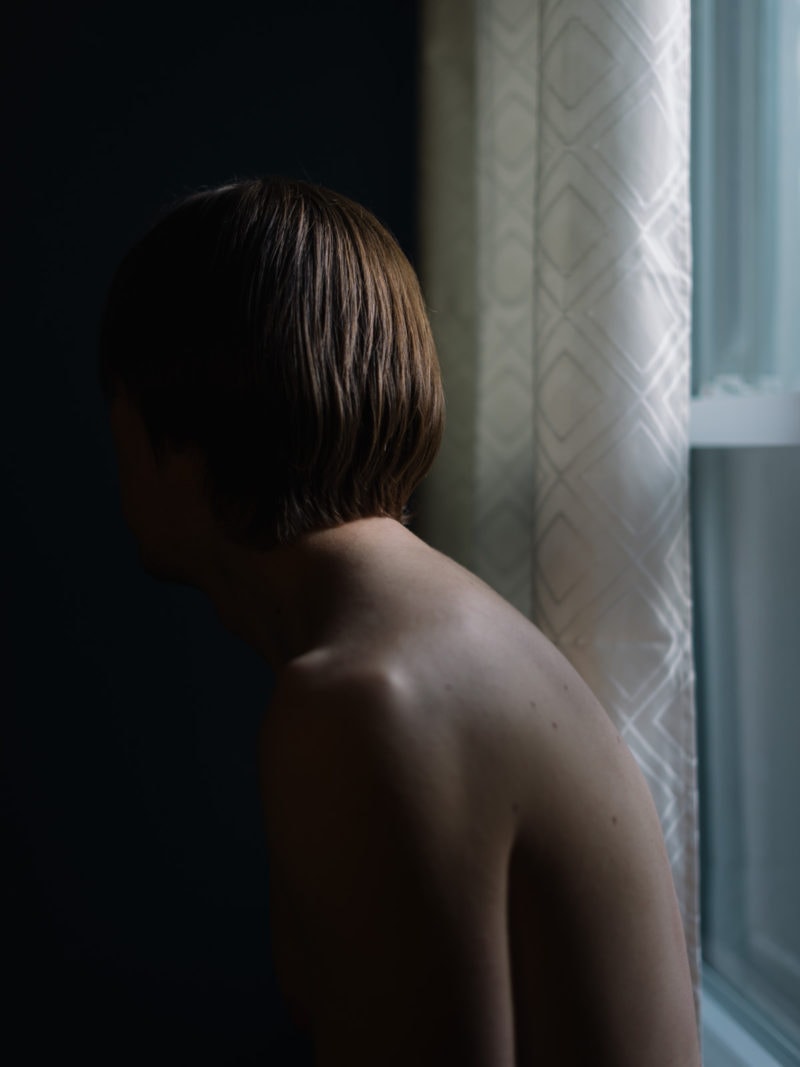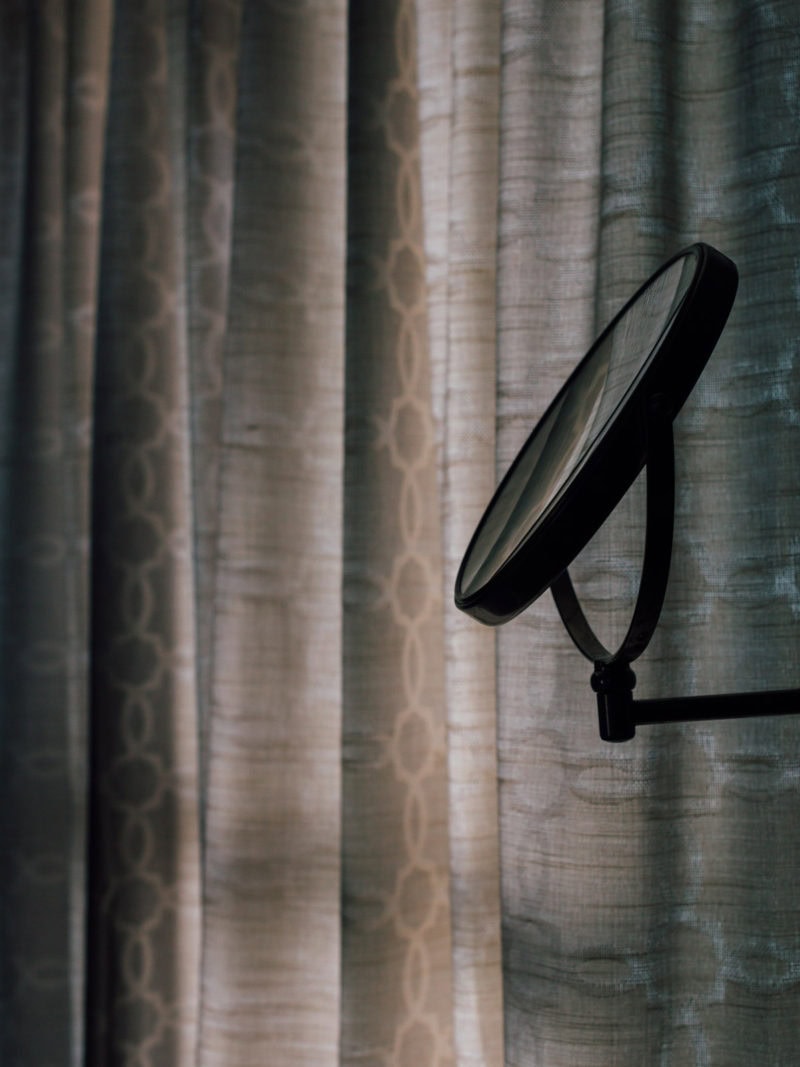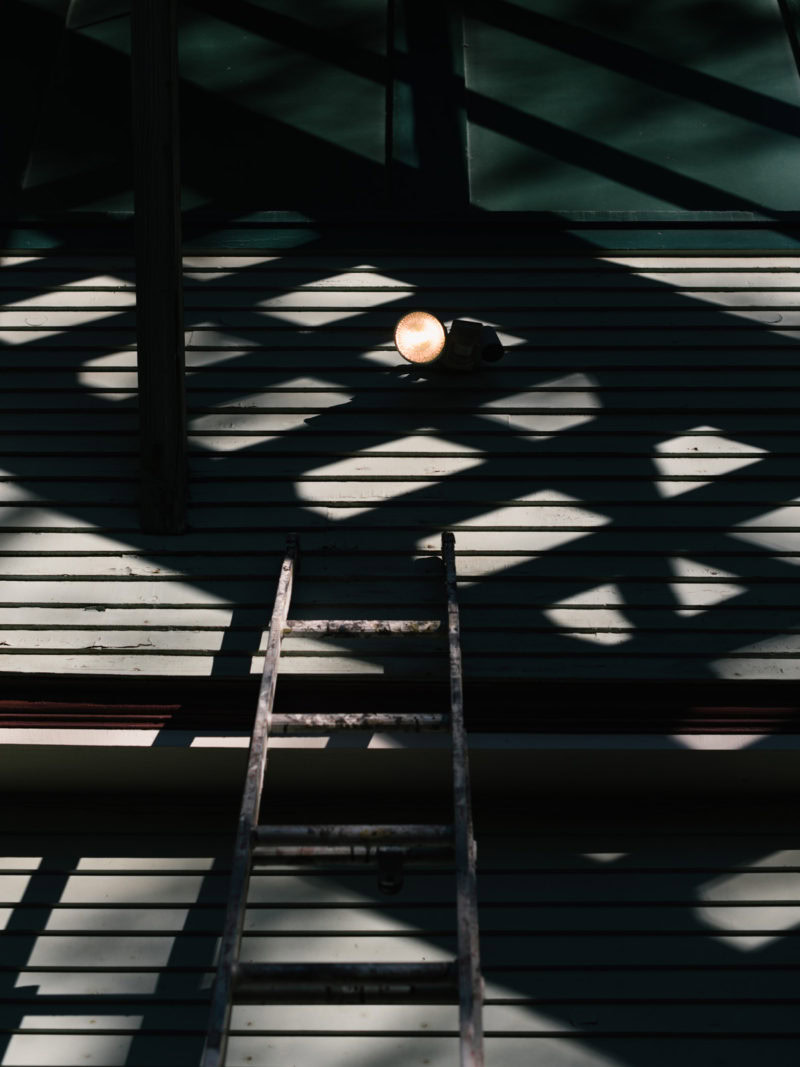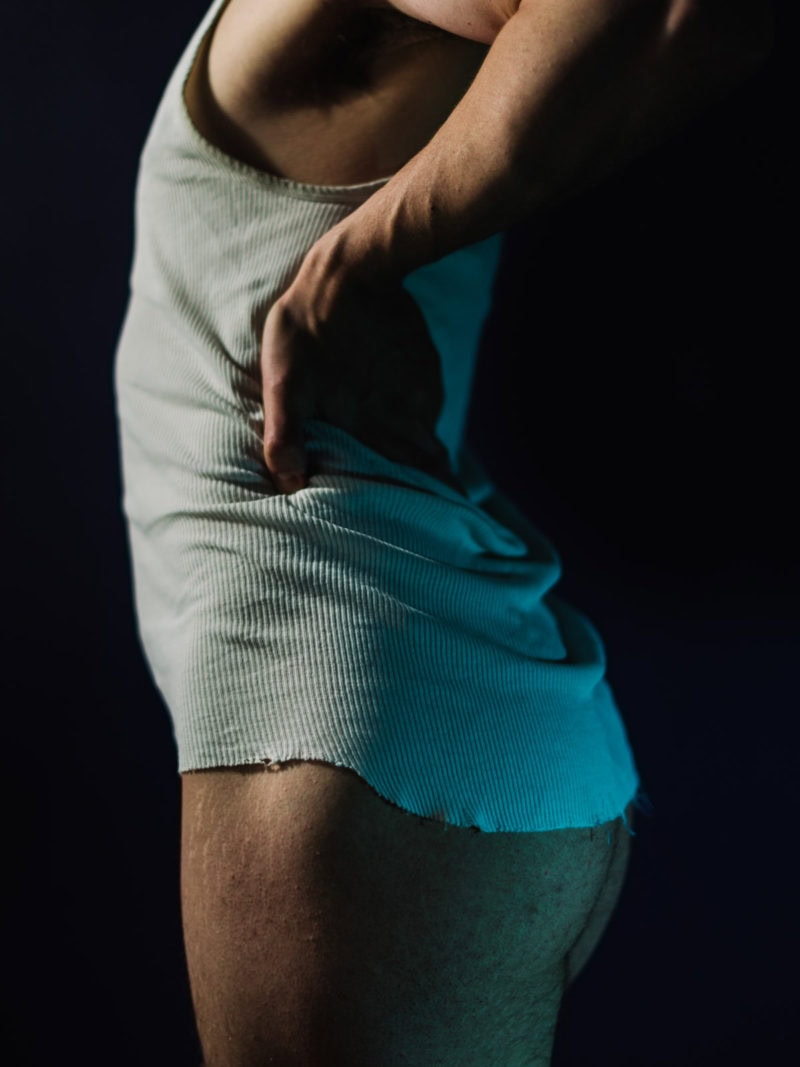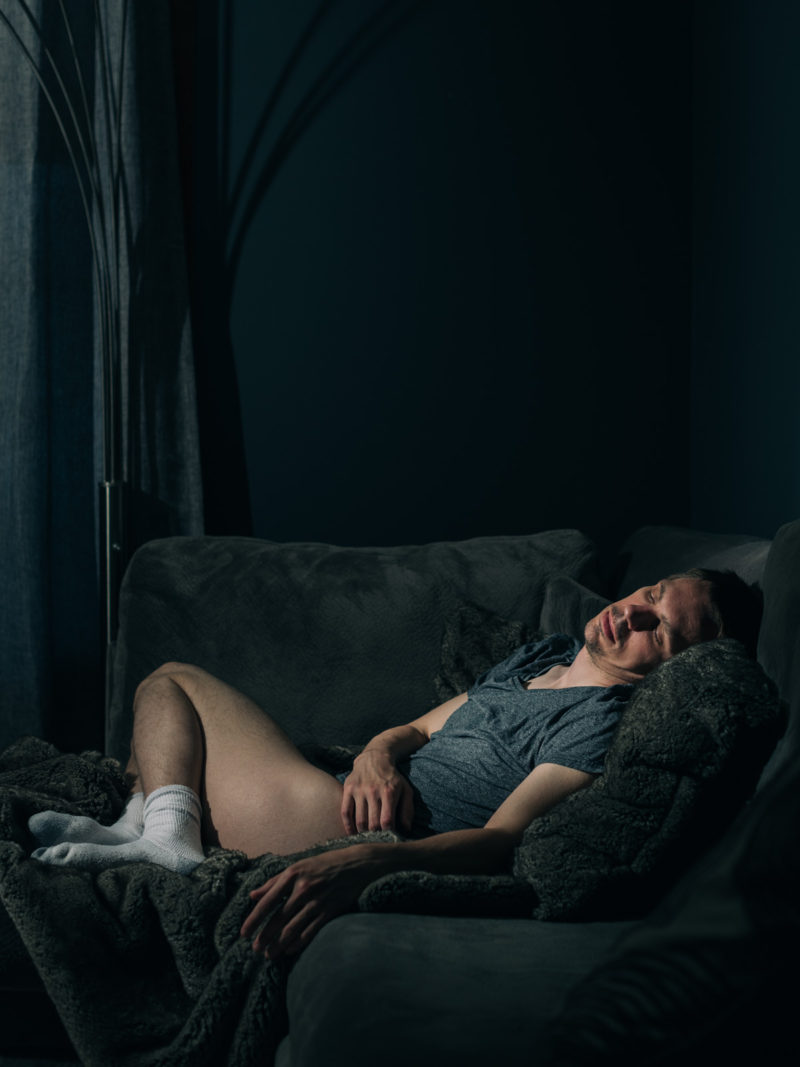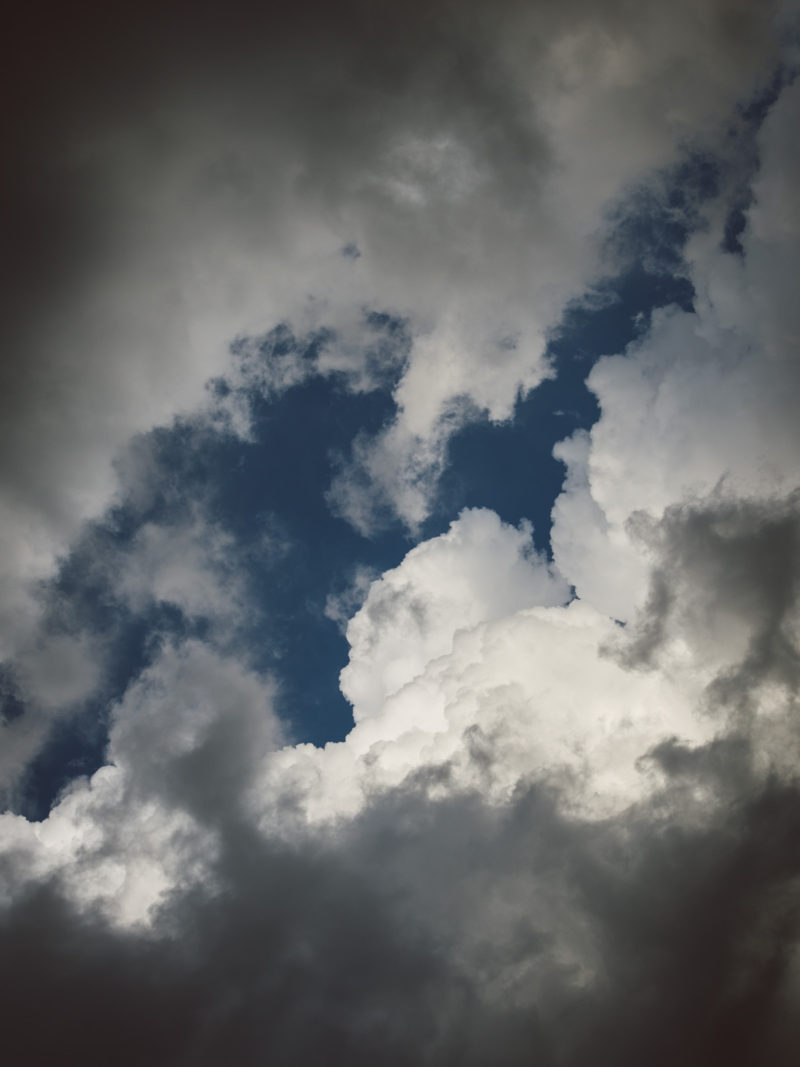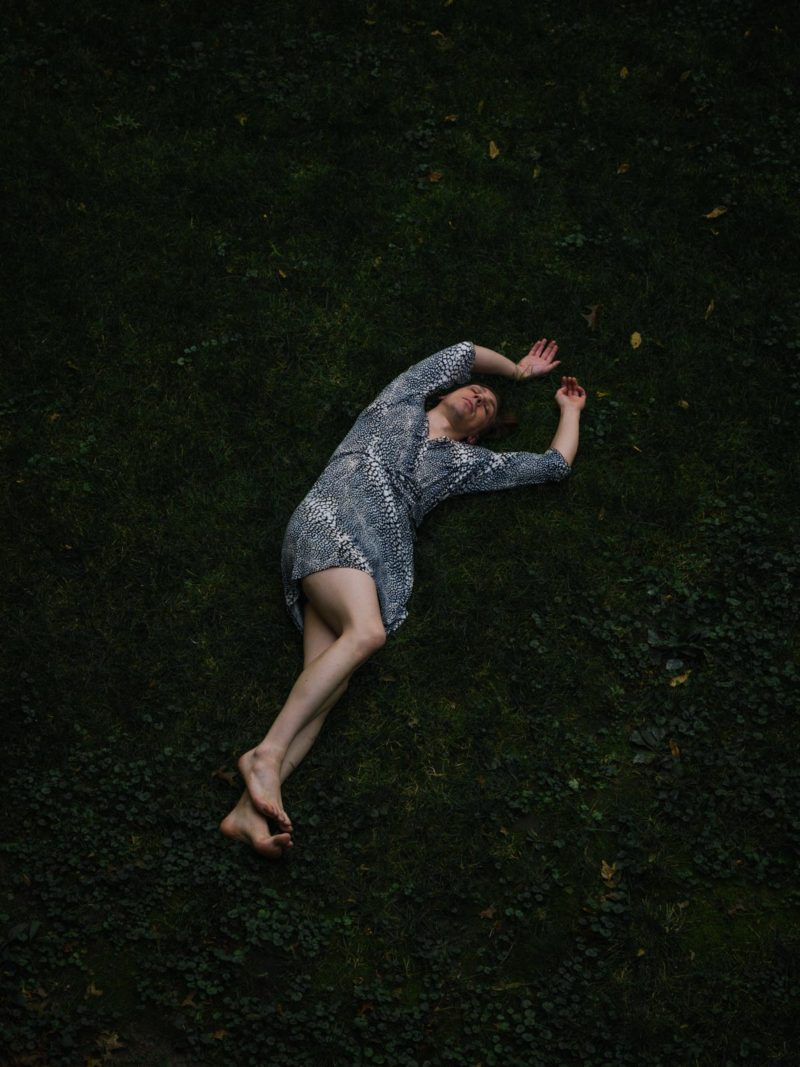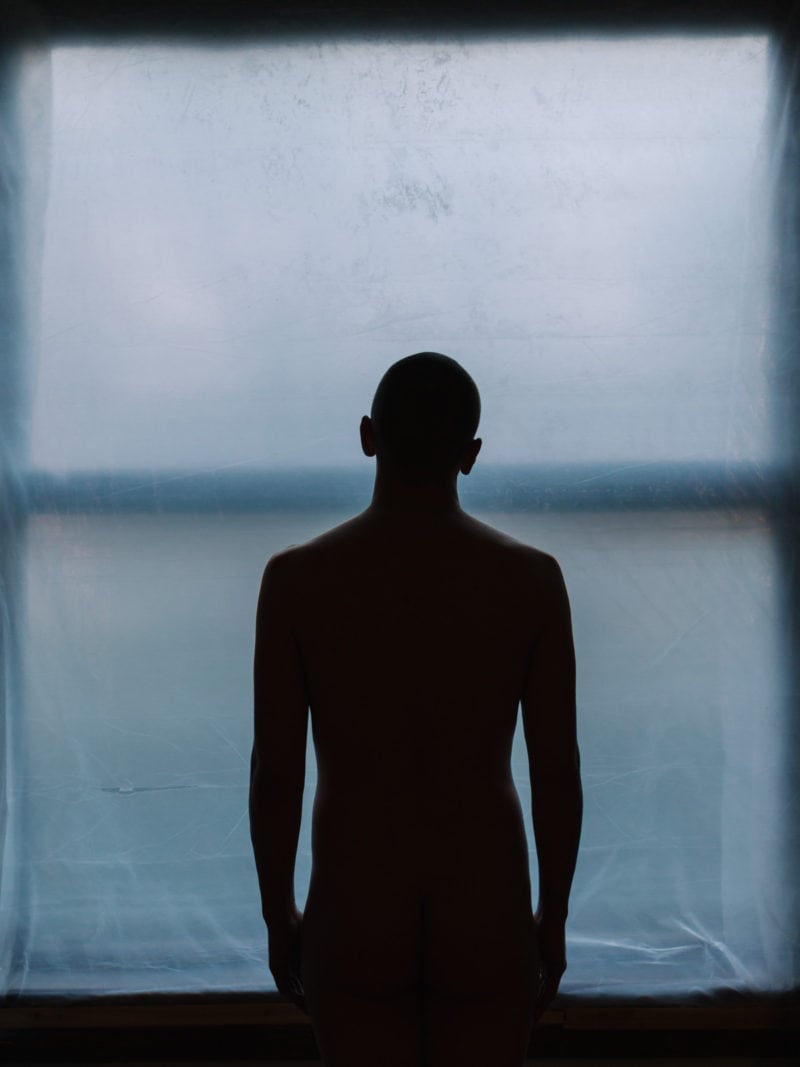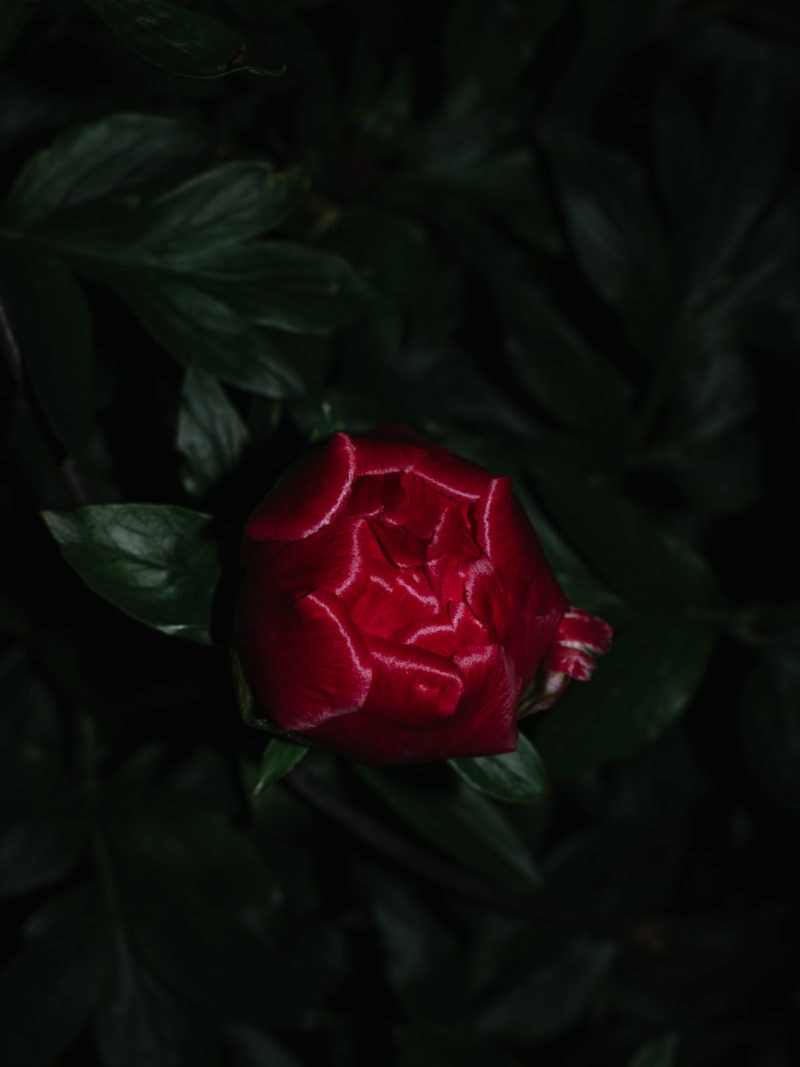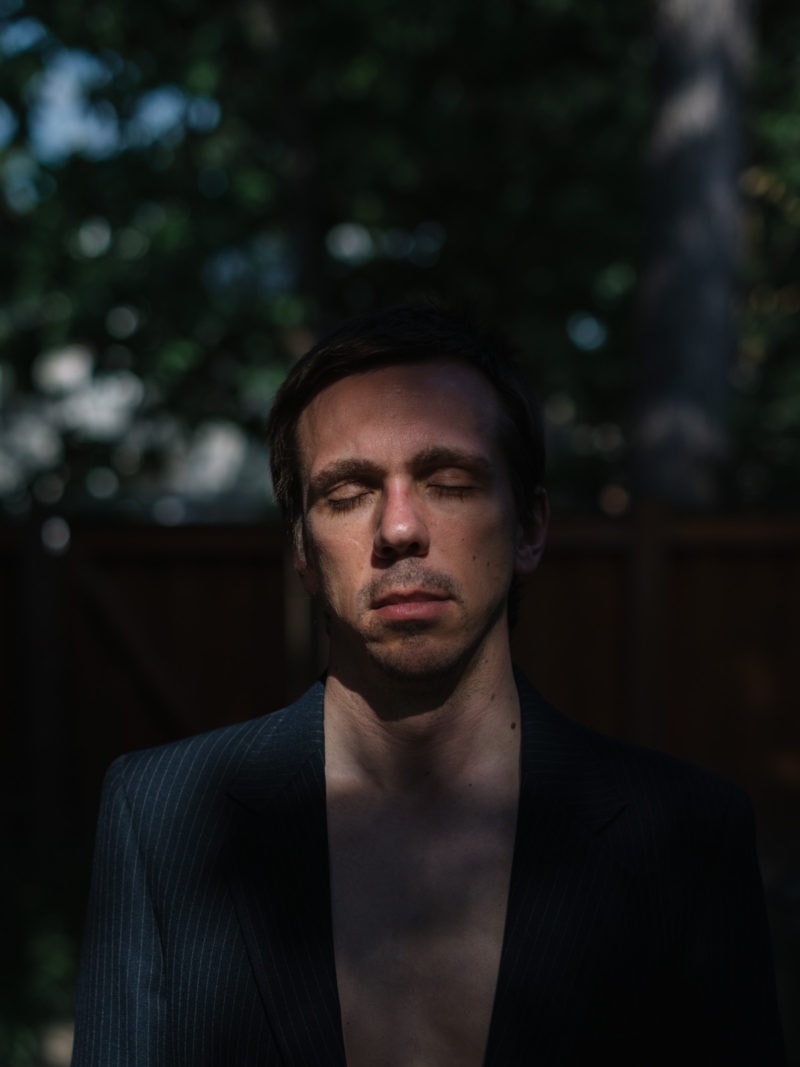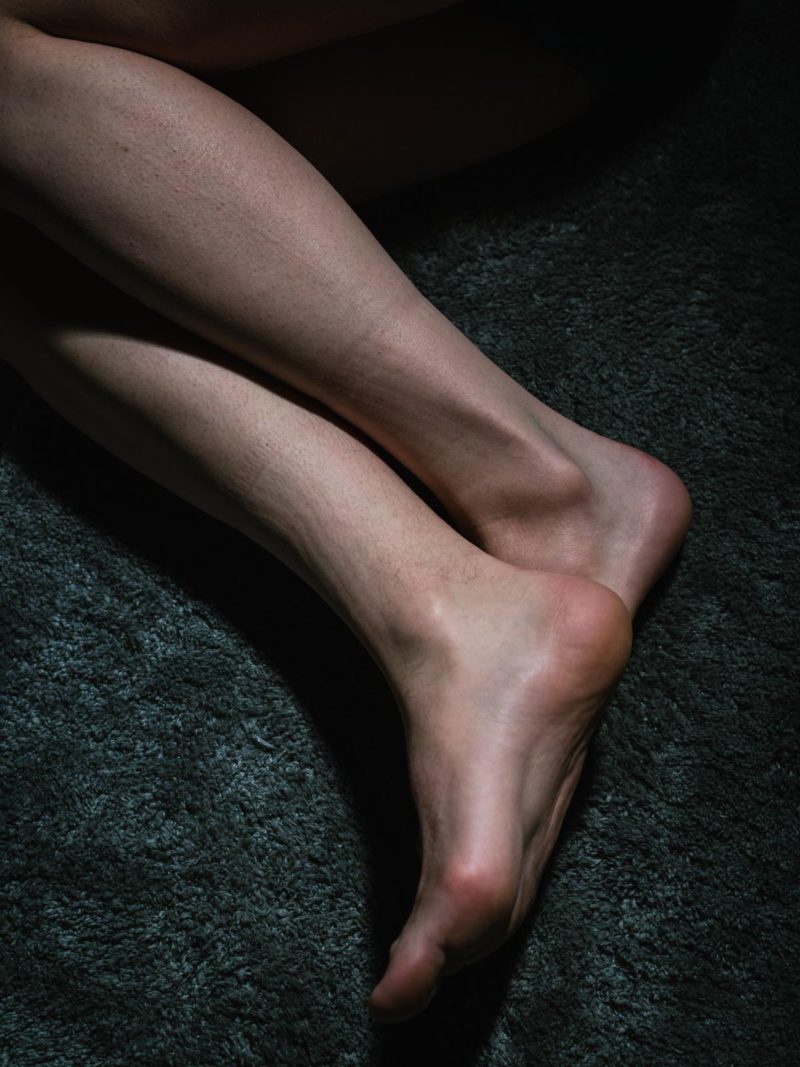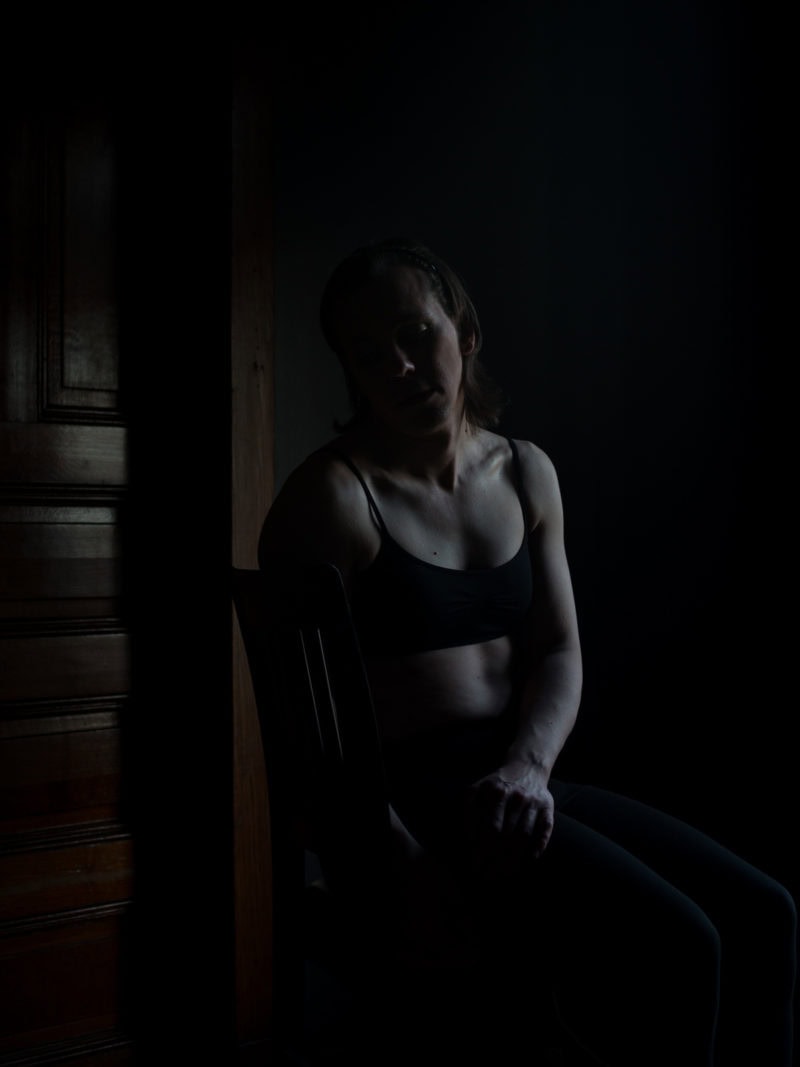Rana Young is an MFA candidate, Othmer Fellowship recipient, and Instructor of Record at the University of Nebraska–Lincoln. Her work has been exhibited nationally and internationally, as well as published online by British Journal of Photography, Lenscratch, Fraction Magazine, and Aint-Bad Magazine, among others. Rana grew-up in St. Louis, Missouri and received her BFA in Studio Art from Portland State University in Portland, Oregon.
About ‘The Rug’s Topography’:
The Rug’s Topography began with me photographing my intimate partner of six years. Simultaneously, we were facing an internal conflict: how we identified as individuals differed from the roles we occupied in our partnership. As we began to grow apart romantically, our anxieties rose in response to the distance widening between us. Our individual identities within a romantic context stemmed from the commonality of both having witnessed predominantly cisgender roles during our formative years.
Our performance of those expectations was perpetuated by inexperience and an impulse to a adhere to, or in my case “correct,” our potential family structure. Recognizing a shared inherent foundation opened our dialogue and together we began unpacking our preconceived notions regarding societal norms. Collaborating visually to express our reflections served as a catalyst for the reconciling of our emotional intimacy in the midst of separation. It is through the juxtaposition of gaze and gesture we create blended self-portraits, expressing our emotions in relation to who we were and who we’ll become.
My photographs employ themes of tension, voyeurism and transition, to represent interpretation of self. I construct images that balance between organic intimacy and cinematic theatricality by implementing symbolism, color theory, and seductive lighting to evoke tension. Utilizing a directorial approach and a single subject allows me to create an environment that transforms viewer into voyeur. The singular vantage point and lack of reciprocal gaze leads one to silently observe an unfolding narrative. However, the personal account is never fully described and the viewer must bring their own history, biases, and prejudices to the imagery.
Transition within this work, while immersed in the context of gender, also relies upon time. Though the viewer is privy to feminine interventions placed upon the male figure, faint physical changes sequentially manifest in the subject. Rigid musculature and posture is soon overcome by delicate and poetic gestures; the manicuring of body also becomes a form of sublimation. The ambient photographs, which act as signifiers of fleeting moments, mark points of personal evolution. Emphasis is placed on the threshold between public and private, as well as the implied or literal mirror embodying introspection. The combination of these elements aids in describing both a literal and a psychological space. Life is comprised of moments balancing between these realms and my intention is to render that dichotomy.
